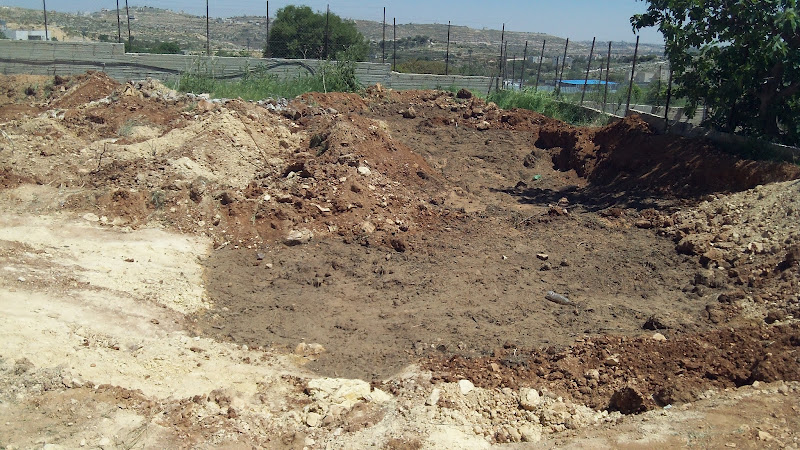Year: 2012
-
It’s time to harvest the crop: Accompanying farmers in Gaza under Israeli fire
by Rosa Schiano Translation by Claudia Saba 23 April 2012 | il Blog di Oliva Israeli soldiers have already started shooting onto the land along the border of the Gaza Strip. Two injured just in the first two days of the harvest. Renad Salem Qdeeh, 33, was collecting he crop from her land when Israeli…
-
The right to water: Water cistern demolitions in Hebron area
by Joseph 23 April 2012 | International Solidarity Movement, West Bank On Monday April 23, 2012, the Israeli occupation forces destroyed four water cisterns outside of the city of al-Khalil (Hebron). Two of the destroyed cisterns were located in the Abweire area, a small agricultural neighborhood of 400-500 residents northeast of al-Khalil. The other two…
-
The Battle of Empty Stomachs: Khader Adnan highlights the consolation of solidarity
by Sylvia 24 April 2012 | International Solidarity Movement, West Bank On the 17th of April, Palestinian political prisoners launched a mass hunger strike against the Israeli Prison Service’s (IPS) dismissal of the Fourth Geneva Convention and basic international law. The call for action comes on Palestinian Prisoners Day after a wave of high-profile hunger…



